For centuries, humans have been fascinated by whales. From the way they move with their families to the incredible distances they cover and, of course, the unique sounds they make, whales are especially awe-inspiring.
Sperm whales, in particular, make exceptionally strange noises that scientists have always longed to understand. Now, thanks to a new study conducted by MIT and Project CETI, they’ve discovered that these sounds are, in fact, a phonetic alphabet.
Interesting Facts About Sperm Whales
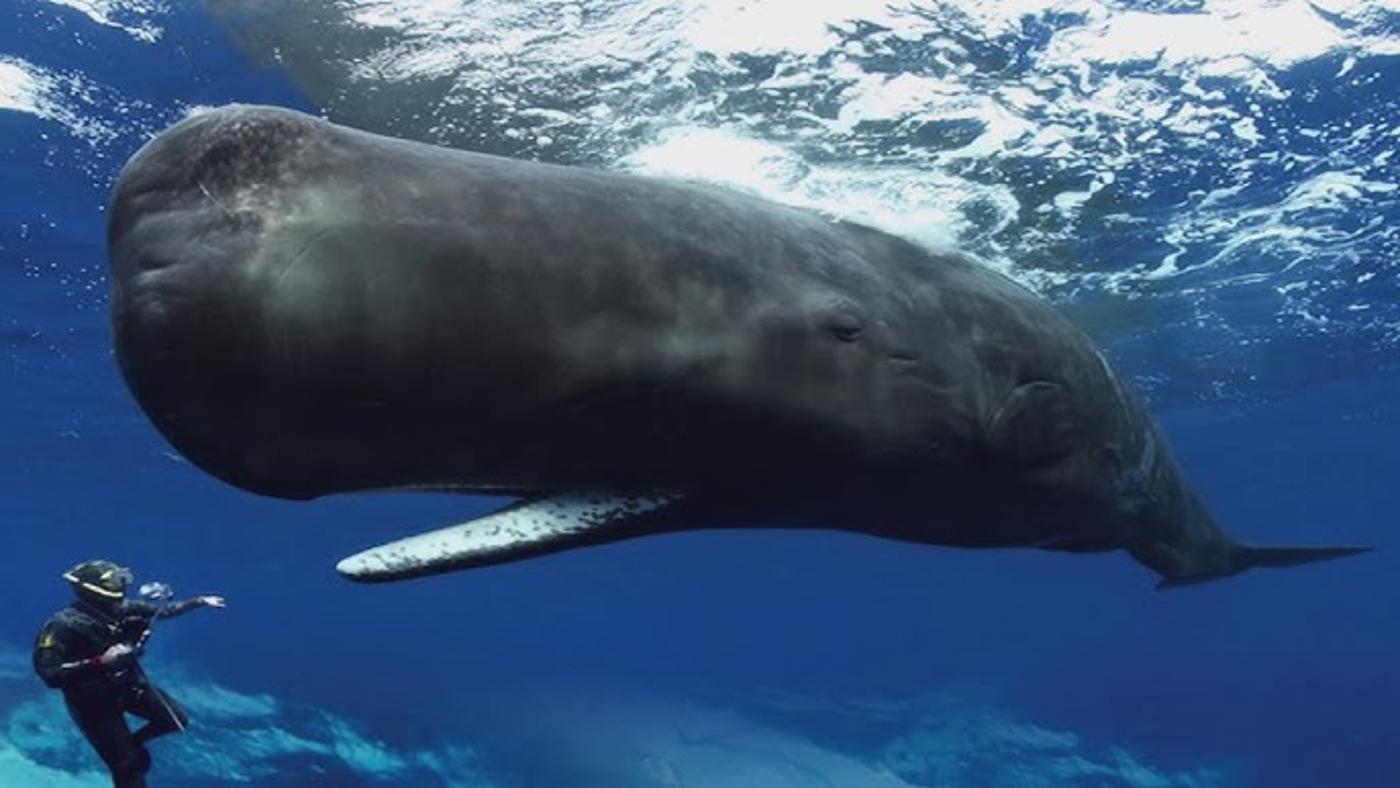
Sperm whales can range between 36 and 52 feet long and weigh anywhere from 17 tons to 50 tons, making them the largest toothed predator on Earth.
They travel with their nuclear and even extended families all over the world to feed and breed in their preferred locations. And while moving throughout the planet’s vast oceans and hanging out with their families, sperm whales are incredibly vocal.
Scientists Understand That Different Sounds Mean Different Things
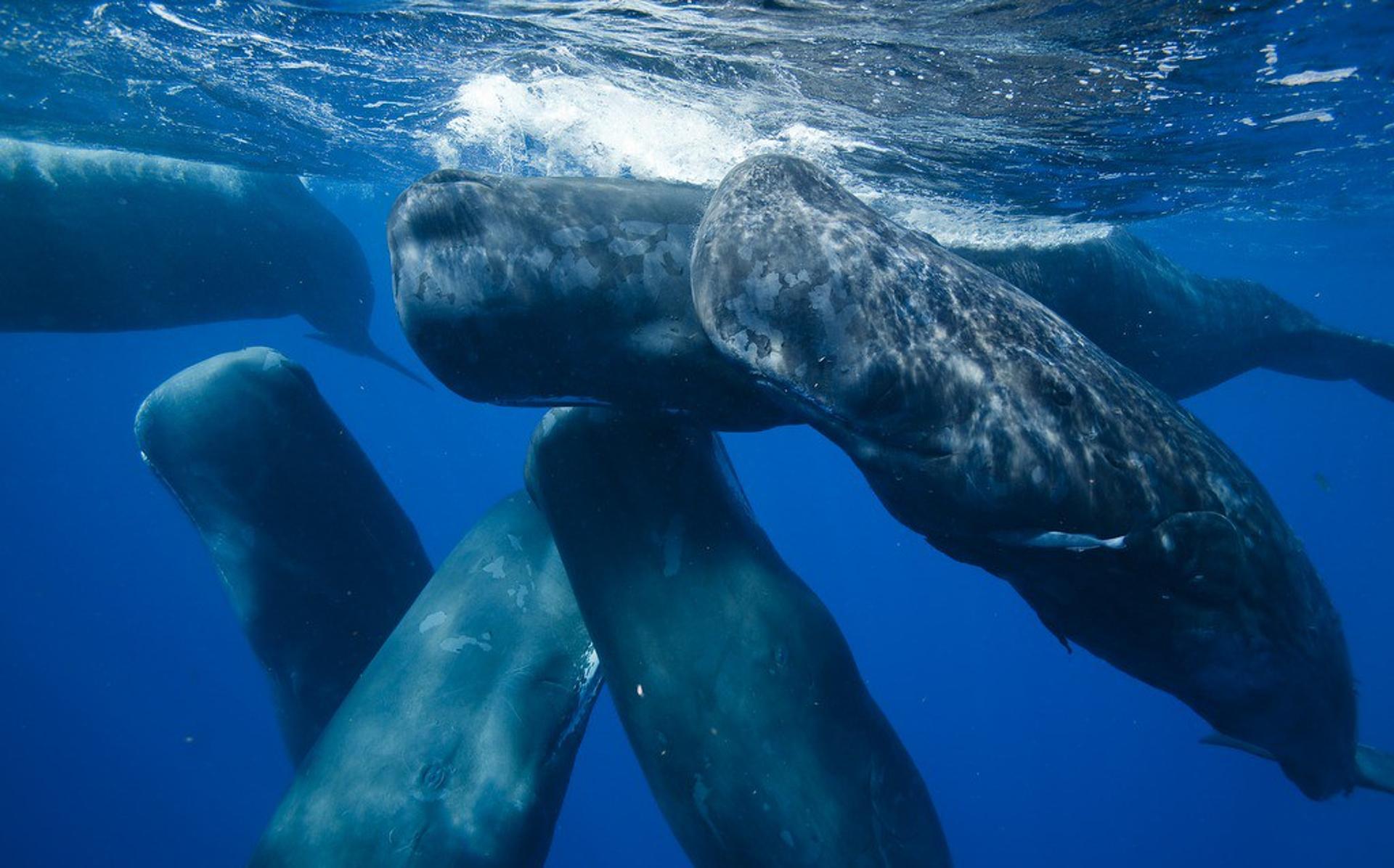
Marine biologists have long understood that sperm whales use four distinct sounds. They have even been able to determine when the whales use each individual sound.
One sound is used when searching for prey, another for homing in on prey, the third for social communication, and one sound is reserved for communication between males. However, there have always been theories that the many different noises within these four categories had a deeper and more specific meaning.
A Study Was Conducted to Better Understand Sperm Whale Sounds

In an attempt to finally fully understand sperm whales’ many noises, marine biologists and researchers from the Massachusetts Institute of Technology (MIT) and Project CETI, a non-profit dedicated to understanding sperm whale communication, conducted a detailed study.
What they found was absolutely incredible: They realized that these noises are actually sound patterns, like a phonetic alphabet, that sperm whales can combine in various ways, just like language.
Humans Have Always Wondered Whether Animals Communicate with Language

From watching animals both in captivity and in the wild, researchers understand that no species teaches their youth language or any other kind of learning in the same way as humans do. But that may not mean they’re not communicating with a language.
Scientists have wondered for centuries if animals are actually speaking to each other in a specific code-like language that is learned from a young age through their parents or other members of their tribe.
Artificial Intelligence Has Opened the Doors to an Entirely New World

However, it’s been nearly impossible to say for sure as humans cannot properly decode the nuances of the many sounds a particular animal makes. Not only are there sometimes hundreds of different sounds to categorize; without any kind of translation, no one would even know what they mean.
But now, with the invention and development of artificial intelligence technology, for the first time in history, a computer may be able to finally find out if animals are communicating with language, and possibly even what they’re saying.
The Study on Sperm Whales Is Utilizing AI Technology

The non-profit organization Project CETI opened its doors in 2020 to do exactly that – use AI to study and understand the communication of sperm whales. They’ve had quite a bit of success, but this recent study with MIT taught them and the world more than they’ve ever known before.
Director of the MIT Computer Science and Artificial Intelligence Laboratory, Daniela Rus, explained, “Our results show there is much more complexity than previously believed and this [study] is challenging the current state of the art or state of beliefs about the animal world.”
The Language of Sperm Whales Is Wildly Complex
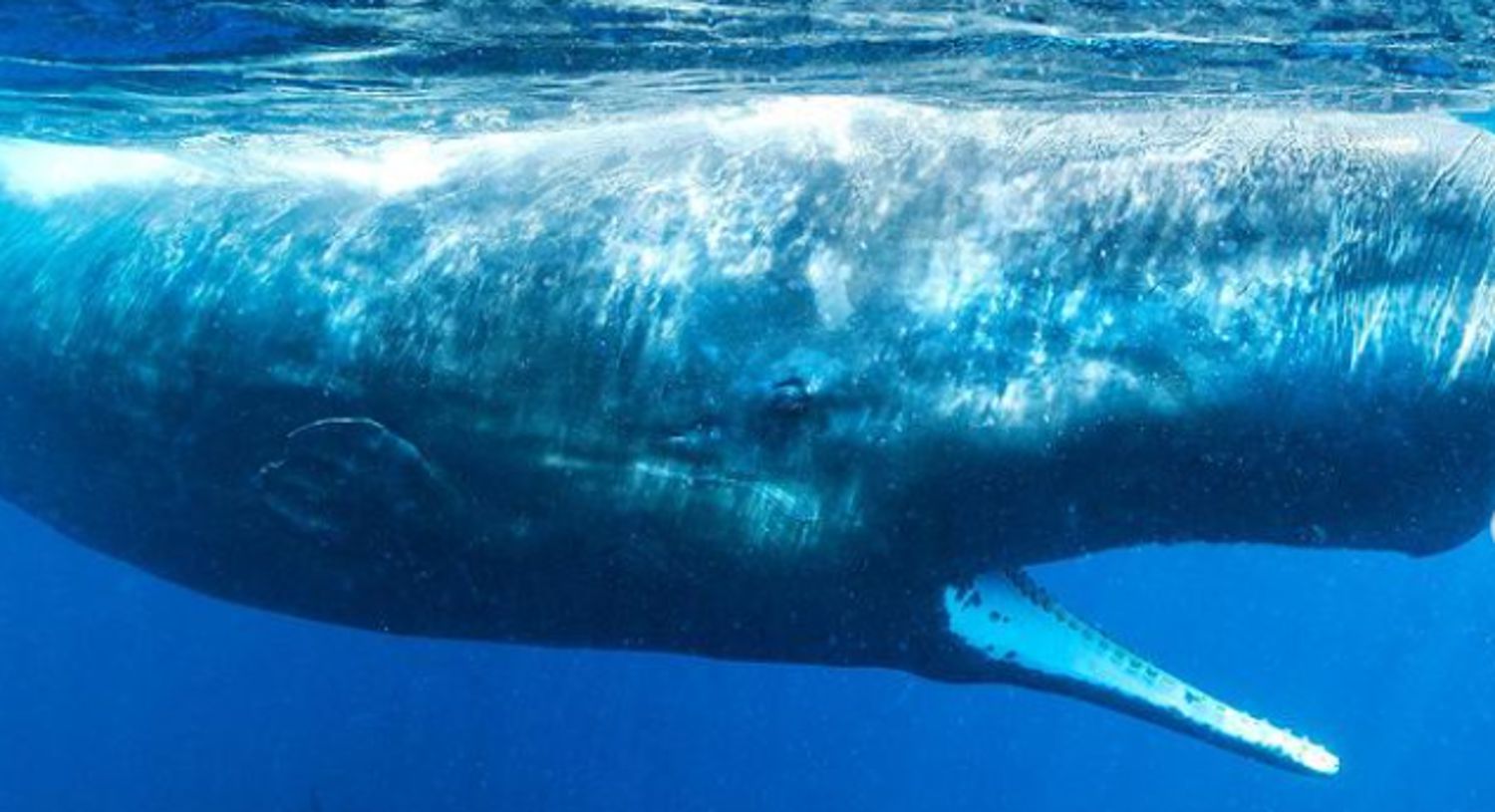
The authors of the study explained that every few minutes of sperm whale sounds took them hours to organize. And there were hours upon hours of recordings as just one interaction between sperm whales could last up to an hour.
They also noted that families of sperm whales can use dozens of different types of sounds, each with varying pacing and noises. Sometimes, one of the clicks is longer and other times they’ll use extra clicks, essentially creating syllables and turning them into communication.
Sperm Whales Seem to Talk in Groups Like Humans

Additionally, they explained that it’s not rare for an entire family of sperm whales to “talk” to each other at the same time, similar to how a group of humans might all be conversing simultaneously.
Shane Gero who works at Project CETI said, “It’s hard not to see cousins playing while chatting. To not see moms hand over to a babysitter and exchange a few words before walking out the door, so to speak, to go eat in the deep ocean.”
Scientists Want to Find Out What Sperm Whales Are Saying
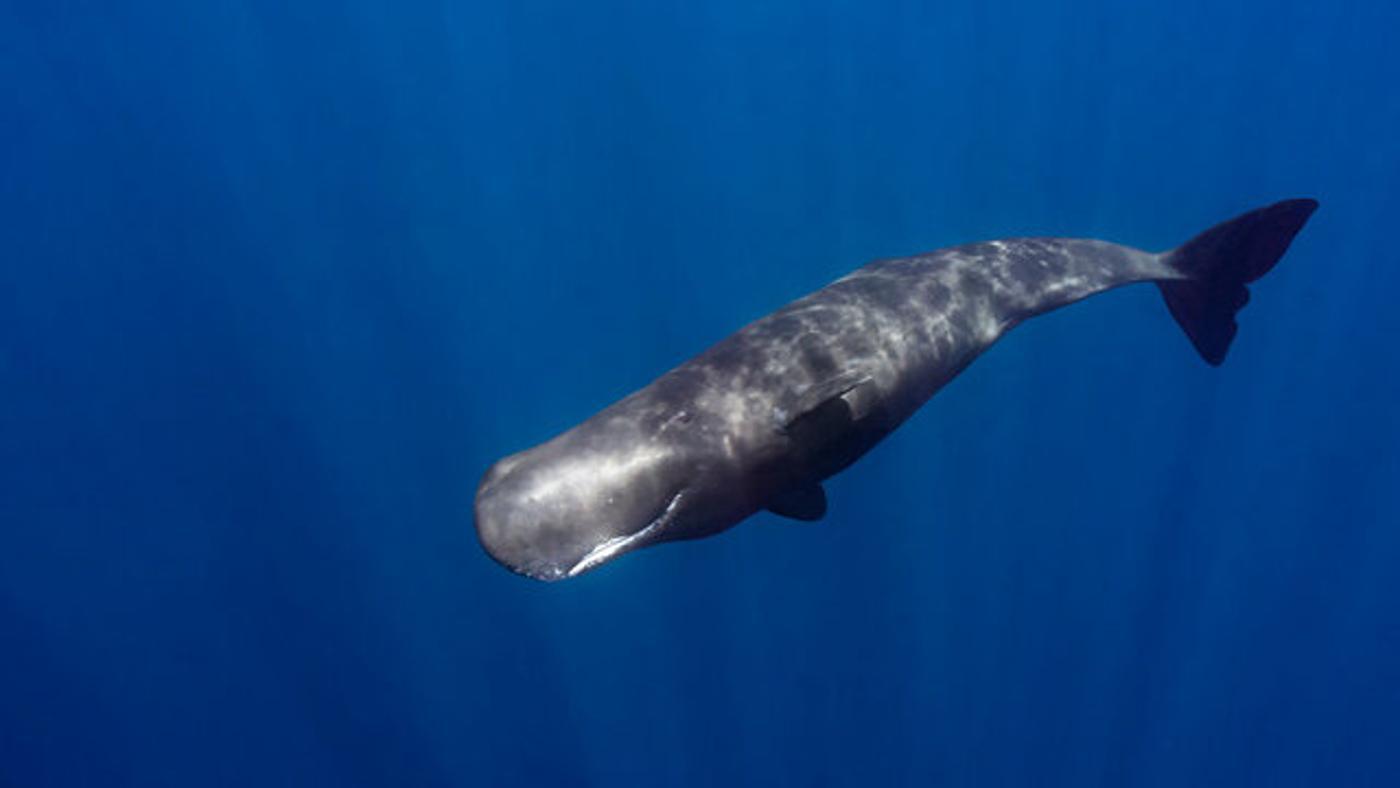
Discovering that sperm whales use a form of communication that is organized like a language is a wildly exciting revelation in and of itself. However, the scientists at Project CETI don’t want to stop there; they want to find out what the whales are saying to each other.
As Gero explained, “If we only ever studied North American English-speaking society in the dentist office, we’d walk away with the fact that the key part of their communication system is the word ‘root canal.’ We’d just be wrong because we didn’t have a comprehensive picture.”
There Are Only 300,000 Sperm Whales to Study
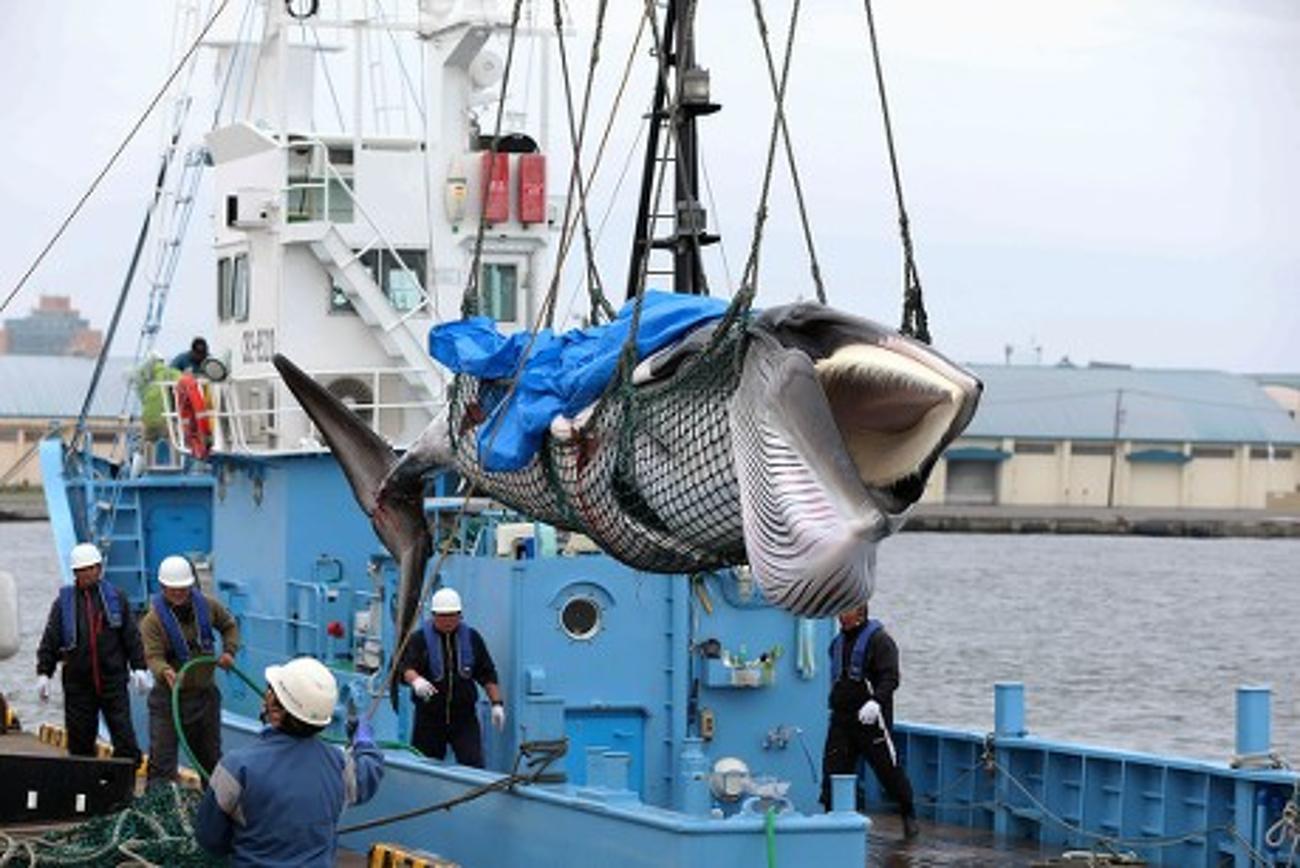
According to the Ocean Conservancy, there are only about 300,000 sperm whales left on Earth. Which is an exceptionally sad number since before the 1800s, there were about 1.1 million sperm whales roaming the oceans.
Commercial whaling killed hundreds of thousands of sperm whales over the past two centuries, but still more are dying today thanks to pollution, climate change, and ship strikes. The sperm whale is still listed as an endangered species by NOAA.
New Information May Help Save Sperm Whales From Extinction
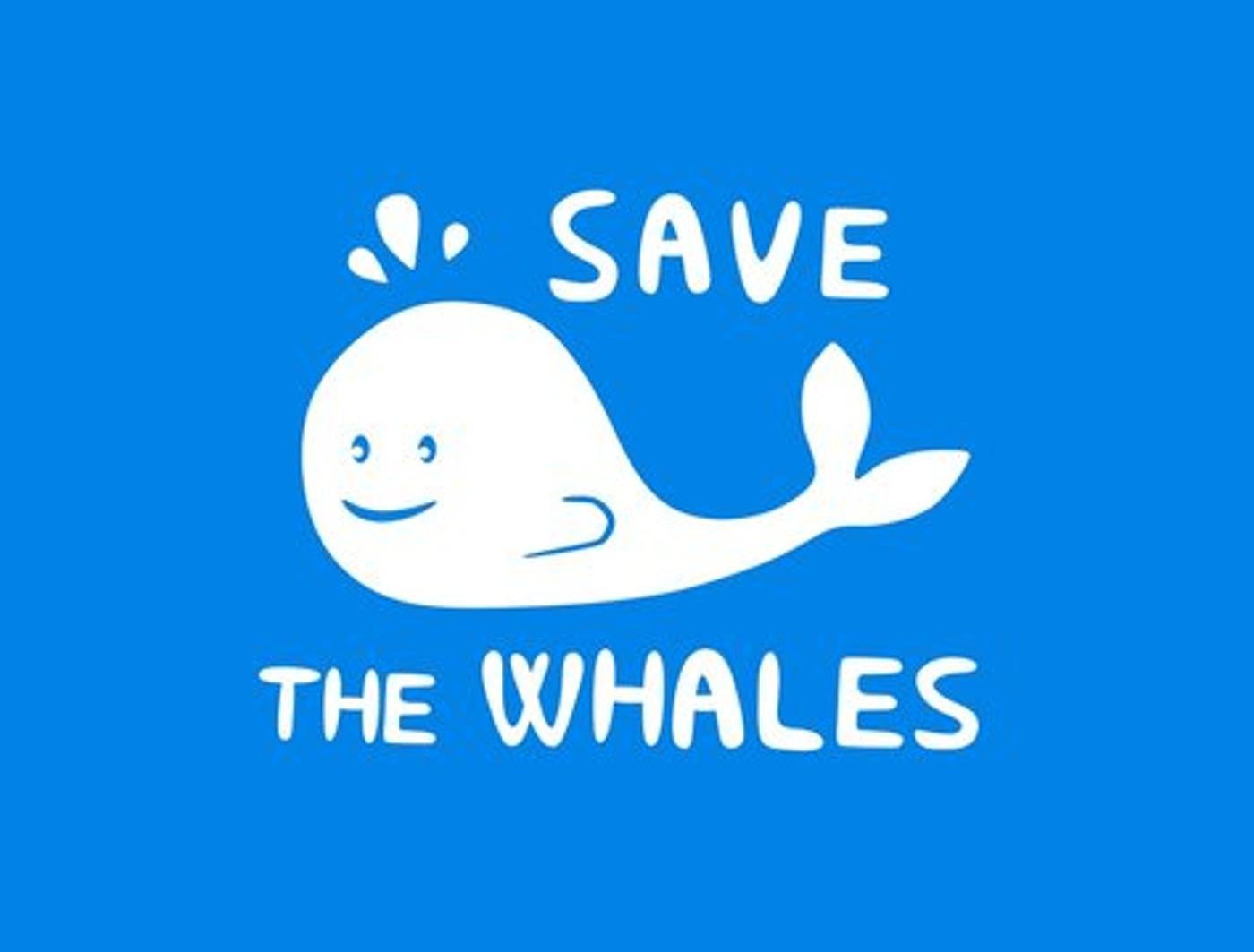
For scientists and marine biologists around the world, learning that sperm whales communicate with language is undoubtedly one of the most exciting discoveries of the decade. But they are hoping that even those who don’t understand the scientific significance of this discovery will feel inspired to protect sperm whales now that they know they communicate as we do.
Gero said that he wants the study to “drive change in human behavior in order to protect the whales.” The sad truth is that if humans aren’t careful, sperm whales could be extinct in the near future, and then, we will never know what they were saying.








































